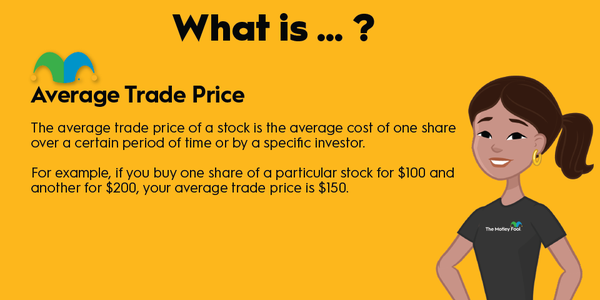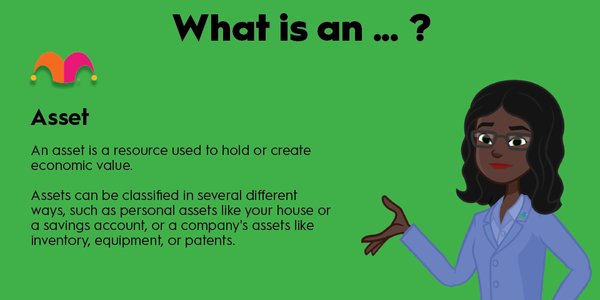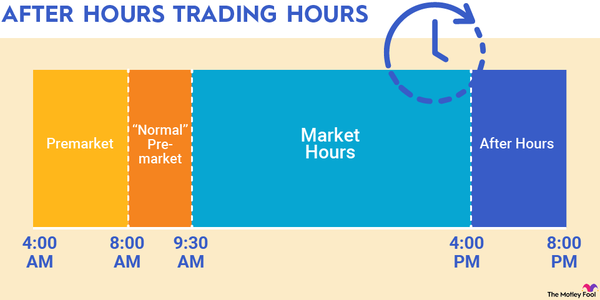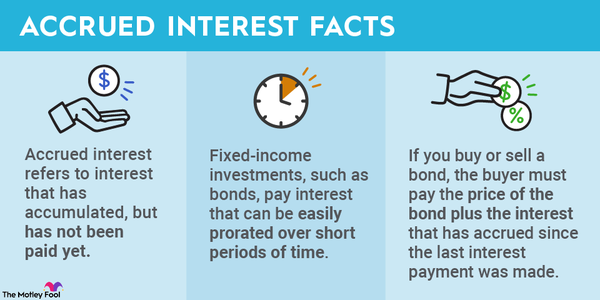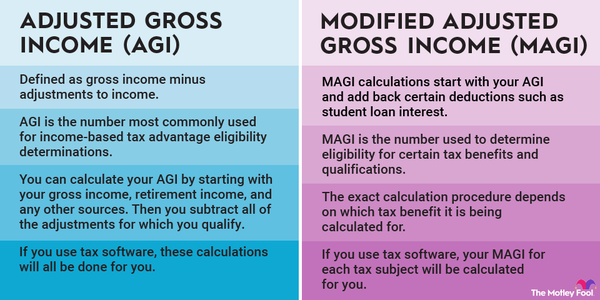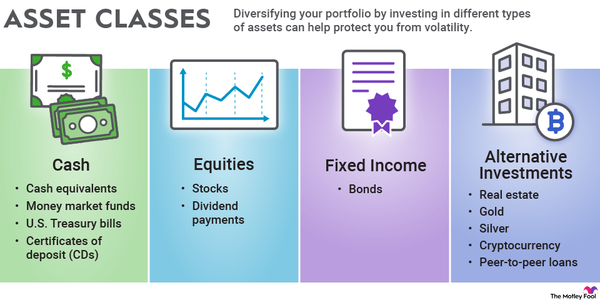Affiliate marketing is the paid promotion of goods and services online. The marketers are typically bloggers, website publishers, and content creators. In this arrangement, the marketer earns income in the form of commissions, while product sellers get brand exposure and sales.
This guide will cover how affiliate marketing works, its pros and cons for marketers and sellers, and the factors that position an affiliate program for success. We'll close with tips for getting started with affiliate marketing.

Understanding affiliate marketing
Overview
There are three parties involved in any affiliate marketing arrangement: Sellers, marketers, and customers.
- Sellers provide the goods and services to be promoted.
- Marketers share information online about promoted products and earn commissions for producing sales. They often use their own blogs, websites, and social media accounts for this purpose.
- Customers learn about promoted products from marketers. Customers then choose whether to visit sellers' websites and make purchases.
Affiliate marketing relies on hyperlinks for data tracking and connecting customers with sellers. When marketers introduce, promote, and recommend products, they include unique, seller-provided links. Marketers usually direct customers to follow the link to learn more about the products on sellers' websites.
Those link clicks are tracked, along with any resulting sales. The tracking ties the activity back to marketers so agreed-upon commissions can be paid.
Note that customers may not need to buy immediately for marketers to get credit for the transaction. Sellers will define the time that can pass between link click and purchase. The Amazon (AMZN -1.61%) affiliate program requires the customer to put an item in the cart within 24 hours, for example. Say a customer visits Amazon from a marketer's affiliate link, leaves, and then returns three days later to buy something. In that case, the marketer would not earn a commission on the sale.
Affiliate sales commissions generally range from 2% to 25%, depending on the product and the gross margin it generates for the seller. Amazon pays affiliates a 20% commission on the sale of Amazon Games, but only 2% on grocery, personal, and healthcare items.
Pros and cons of affiliate marketing
Pros and cons
Affiliate marketing has advantages and disadvantages for sellers and marketers. Advantages include:
- Sellers can reach new and different audiences. A specialized blogger or social media influencer may have a following that's not easily reachable by other promotional methods, such as ads.
- Sellers pay for performance. Sellers define the payment terms in the affiliate contract. Commonly, sellers only pay commissions for completed and unreturned sales. In that case, all other brand and product exposure that doesn't produce sales is free to the seller.
- Marketers can earn without having their own product. Affiliate marketers don't need a product idea or a customer service team. They can earn recurring income via publishing online, which is a low-overhead business.
- Marketers can monetize audiences they already have. Influential marketers can usually generate product sales easily by recommending products they know to their followers.
A few downsides of affiliate marketing are:
- Sellers have less control over how their products are being promoted. Sellers define promotional rules and decide which marketers are part of their program. However, sellers do not review and approve every piece of information shared about their products. This can allow some marketers to promote the products in ways that conflict with the brand image.
- Marketers must deliver a high volume of sales to earn a livable wage. A marketer who produces $10,000 in sales with a 2% commission earns $200. Sales volume must be very high to produce significant income.
- Marketers have little control over how well customers convert on sellers' websites. Most affiliate programs pay commissions on sales rather than website visits. But whether customers ultimately make a purchase depends heavily on the experience they have on the seller's website. That experience is outside the marketer's control.
Success factors for affiliate sellers and marketers
Success factors
Under the right circumstances, affiliate programs can quickly expand a seller's reach and visibility online. To position the program for success, sellers may consider implementing:
- Competitive program terms. The best marketers focus their efforts on high-commission and/or high-converting programs. If product margins don't support high commissions, sellers may implement other strategies to help their marketers earn more. Examples include providing support with proven marketing materials, offering free samples, and creating highly optimized checkout pages.
- Brand guidelines. Established brand guidelines and a system for spot-checking marketers' promotional efforts can protect brand integrity.
- Goals and KPIs. Sellers should define the program goals and track progress via key performance indicators (KPIs). The high-level goal usually involves growth in profitable sales, but other goals can include affiliate conversion rates, lifetime customer value from affiliate referrals, and the number of marketers in the program. Lifetime customer value is the total expected profit from a customer over time, accounting for typical repurchase activity.
For marketers, affiliate promotion can create a steady stream of income, or it can be tedious work that produces little result. Affiliate marketers with these qualities are more likely to be successful:
- Access to an audience that trusts the marketer's opinions. That audience can be social media followers and blog readers, for example.
- The ability to identify products the audience will appreciate. Marketers who can identify products that match the audience's needs will see better conversion rates and, in turn, higher income.
- The ability to evaluate a seller's website. Marketers who focus their efforts on products with easy, streamlined checkout experiences will also see higher conversions of customer visits into sales.
Related investing topics
Getting started with affiliate marketing
Getting started
Sellers who want to launch an affiliate program should start by researching competitors' programs and terms. The research can provide data they can use to project results from their own program. Those projections should include an analysis of how expected commissions will affect product and customer profitability.
Sellers also must decide early on whether they'll run the program themselves or use a third-party such as ShareASale, FlexOffers, or CJ Affiliate. Self-run and outsourced affiliate programs both require outreach to attract capable marketers.
Aspiring affiliate marketers should first assess their audience and their own expertise. The ideal products to promote align with the customer's needs and have been used personally by the marketer. The personal experience enables more authentic product descriptions and recommendations, which ultimately contributes to higher sales and commissions.





